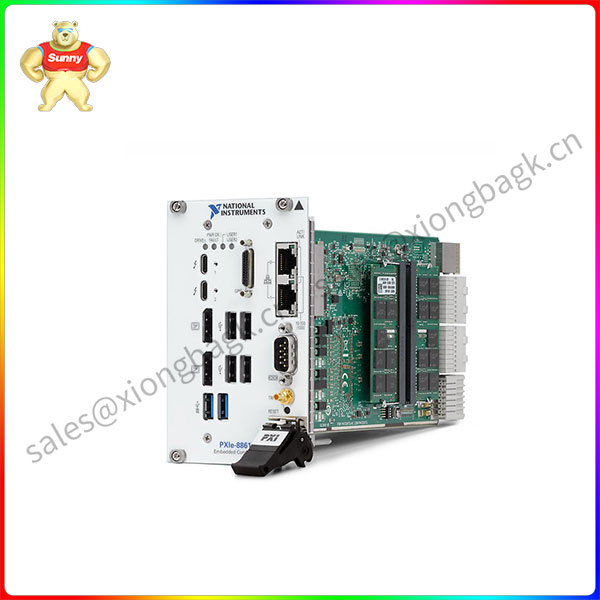Automated systems in production and packaging processes need to be more flexible, efficient and intelligent to achieve optimal availability and cost effectiveness. As a specialist in sensor systems for special applications, we support you with innovative sensor solutions, from the first to the last step of the packaging process. We also offer a wide range of innovative standardised products with performance improvements at different levels to ensure flexible application in customer scenarios. For decades, we have been recognized for our focus on understanding the requirements of the food, beverage and pharmaceutical industries, focusing on the needs of our customers and collaborating with them to develop the ideal solutions for the appropriate automation tasks.
> The basic idea behind the development of new products is to provide customers with more technical advantages than previous versions or to improve the cost effectiveness of the system, thereby improving the overall efficiency of the packaging process.
Requirements: In order to ensure that the label is attached to the correct position of the product or object, the label on the carrier must be tested. Transparent, partially transparent or metal labels of different shapes must also be accurately detected. It should also be possible to easily set up sensors in all types of labels.
Solution: Ultrasonic slot sensors detect transparent and partially transparent labels. The GSX 14E sensor integrates the ultrasonic and optical inspection system in a single housing, which can handle even non-uniform cavitation BOPP material labels. The IO-Link interface simplifies setup.
This means that applications that previously required the installation of sensors with both optical and ultrasonic technologies can now be mechanically and electrically mounted and connected with a single label slot sensor, making it faster and more reliable to adjust only one sensor during operation.

PXIE-8861
Requirements: Food manufacturers use highlighted primary packaging to package their products and need to be able to reliably detect the packaging being transported on the conveyor belt. Sensors with shorter response times can detect tiny gaps between products.
Solution: The 5B Series sensor can be mounted horizontally on the conveyor belt for presence detection in the packaging process. The advantage of the beam type photoelectric sensor is that it has high functional redundancy and can handle even harsh surfaces.
Requirements: For high value products or decorative labels, ensure that the labels are properly placed. Products with misaligned labels need to be detected and removed.
Solution: The IVS 1048i series vision sensors make it very easy to detect labels on products with a large field of view and check that the labels are correctly attached. It can be parameterized through the Loetest Vision Studio software. Integrated, switchable LED high performance lighting ensures optimal image results.
Fast, safe and cost-effective production processes are important for food, beverage or pharmaceutical manufacturers, and downtime should be avoided whenever possible. If sensors with IO-Link interfaces are used in the system, downtime can be significantly reduced through the recipe management function in the sensor or control system, and at the same time, the Industry 4.0 concept is adopted for proactive maintenance of the system.
An example of an application using Loetest IO-Link products
Solution: Using optical color scale sensors (e.g. KRT 3B or KRT 18B), you can determine the optimal contrast by multiple emitter colors. The input emitter color can be memorized once by the instruction program and stored in the sensor or controller. Products with defined and memorized inputs can then be selected from the sensor’s recipe memory (or transferred from the controller) via IO-Link. No need to re-teach.
Requirements: In the food industry, dough is rolled out on a machine and processed into baked goods. The dough is rolled out to the desired thickness on the machine. When the dough is transported to the conveyor belt, it must keep its shape unchanged. This is monitored by sensors. The measurement variable is the distance between the dough and the sensor, which must be between 100 and 120 mm.
Solution: ODT 3C is placed at the roller outlet above the dough control loop and provides the distance value to the advanced control unit. This points from above to the surface of the dough that has been rolled flat by the machine, thus providing a distance value for a higher level PLC. The aim is to adjust the dough to an optimal distance range between 100 and 120 mm. If the sensor detects a measurement outside this target range, the conveyor motor adjusts the conveyor speed accordingly. The measured values are evaluated via IO-Link and using process parameters. In addition, diagnostic data can be transferred to the controller via IO-Link to meet Industry 4.0 application requirements.
 中文版
中文版




